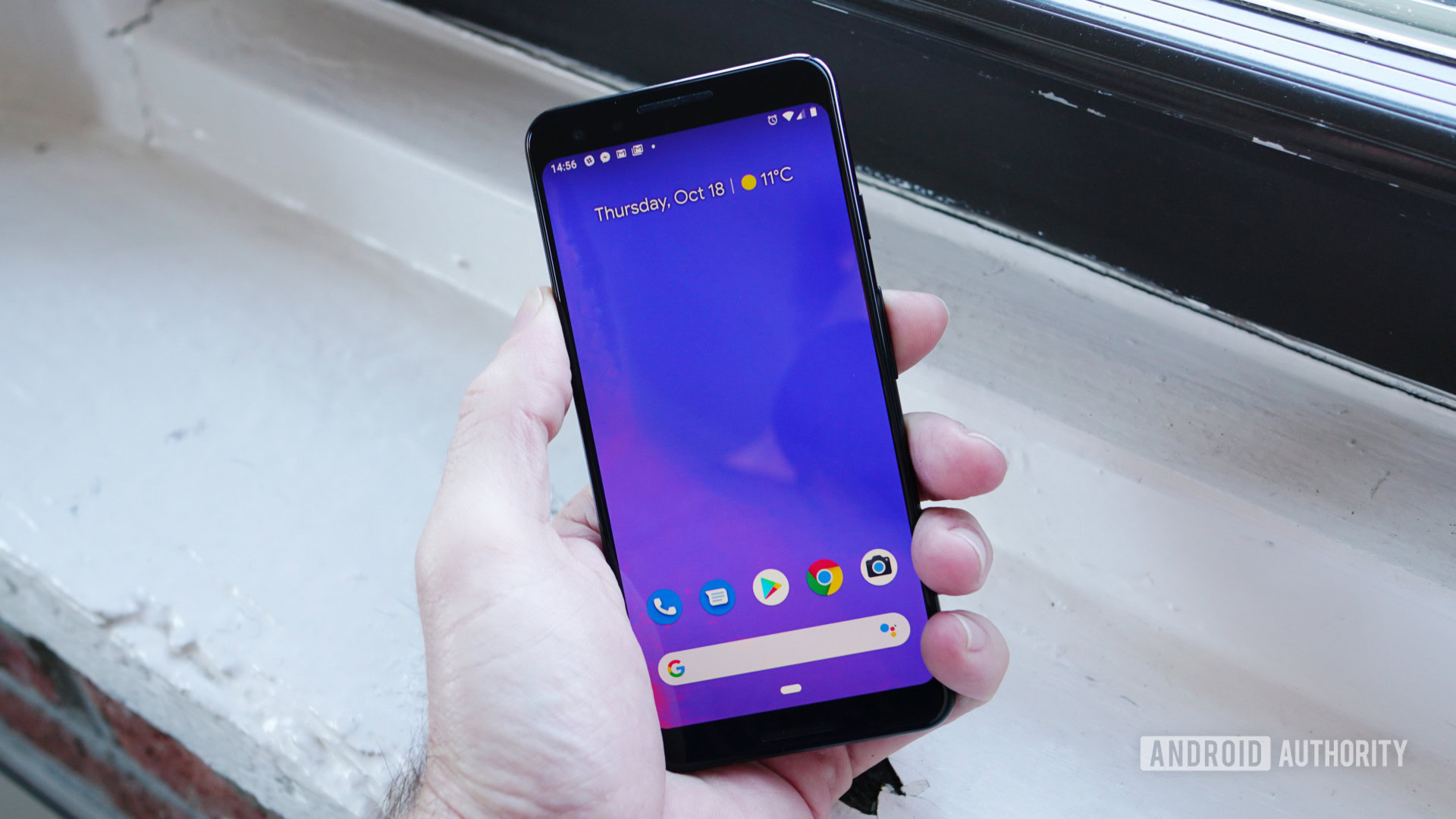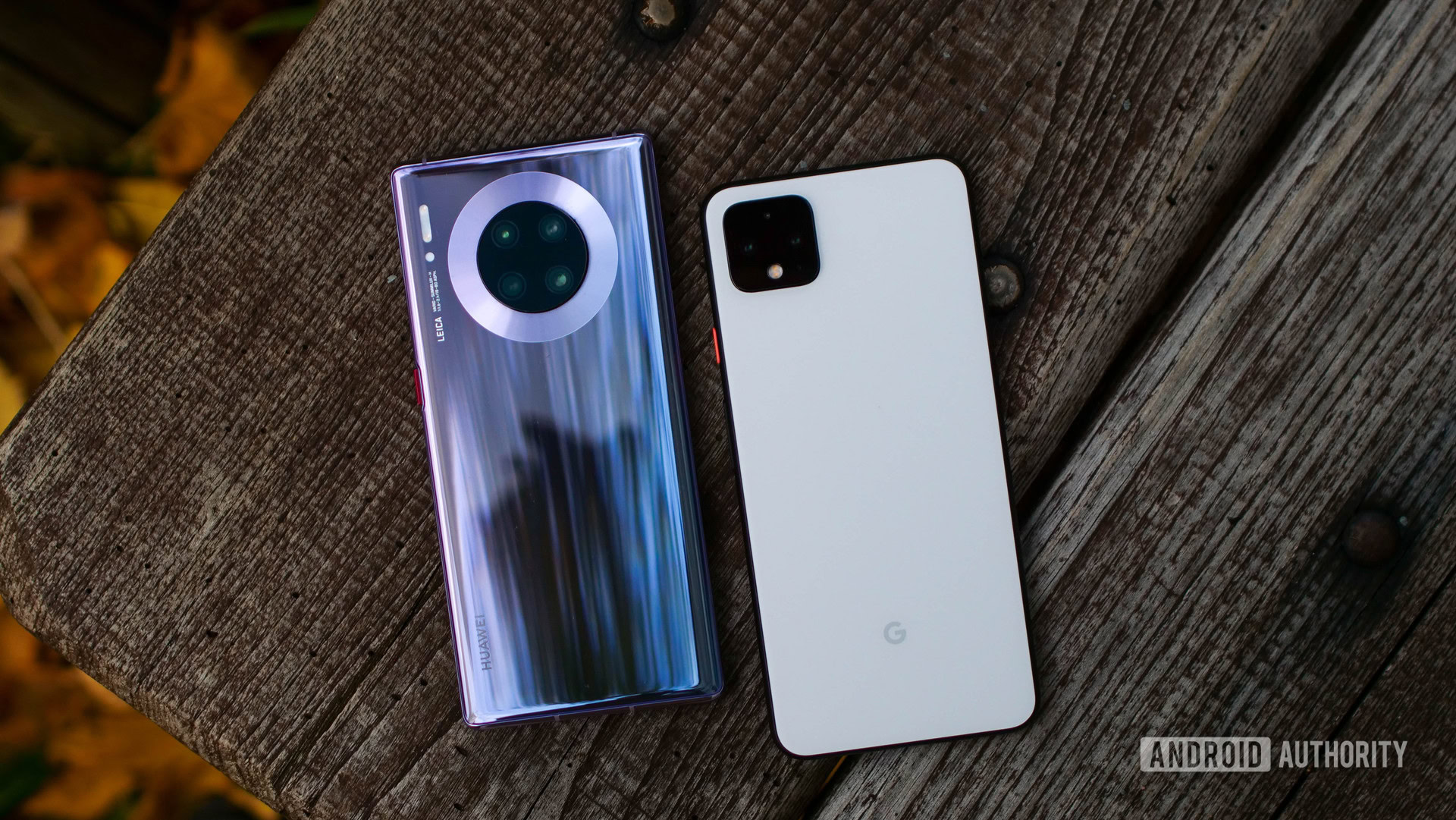Affiliate links on Android Authority may earn us a commission. Learn more.
Google originally considered a 120Hz LCD display for Pixel 3

The Google Pixel series has used OLED screens since the original model back in 2016, but Google thought about changing things up last year.
According to the Android Developers Backstage Podcast (spotted by XDA-Developers), the team came close to dropping OLED technology last year. Android developer relations member Chet Haase said the team was impressed after they tried out a device with a Sharp 120Hz LCD screen.
“The original Pixel 3, the small one, wasn’t actually going to have an OLED panel for various reasons,” Haase said. “So it was like ‘well, if we don’t have OLED, what do we do?’. And so one of the considerations was ‘well maybe we do a 120Hz LCD’.”
Haase didn’t reveal the reasons why Google opted for the OLED panel over the 120Hz LCD screen in the end. But OLED panels have deeper blacks, and better energy efficiency when viewing dark content. Under-display fingerprint sensors also gained prominence last year and only work with OLED screens, so it’s possible Google maintained the status quo in case they used this biometric authentication method. It’s also possible that the company’s supply of OLED panels was under threat in some way, necessitating a brief look at LCD tech.

Nevertheless, LCD screens were the only choice if you wanted 120Hz refresh rates, until the ASUS ROG Phone 2 and its 120Hz OLED panel came along earlier this year. So why did Google use a 90Hz OLED screen on the Pixel 4 when a 120Hz OLED solution was available?
Haase noted that while 120Hz OLED is indeed possible now, the decision to opt for 90Hz was due to both performance and battery considerations. The representative added that you still get “most of the benefit” of a 120Hz display with a 90Hz panel.
The podcast also touches on several other interesting Pixel 4-related topics, including how it handles brightness and haptic feedback. You can check out the episode over here.